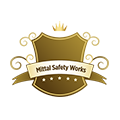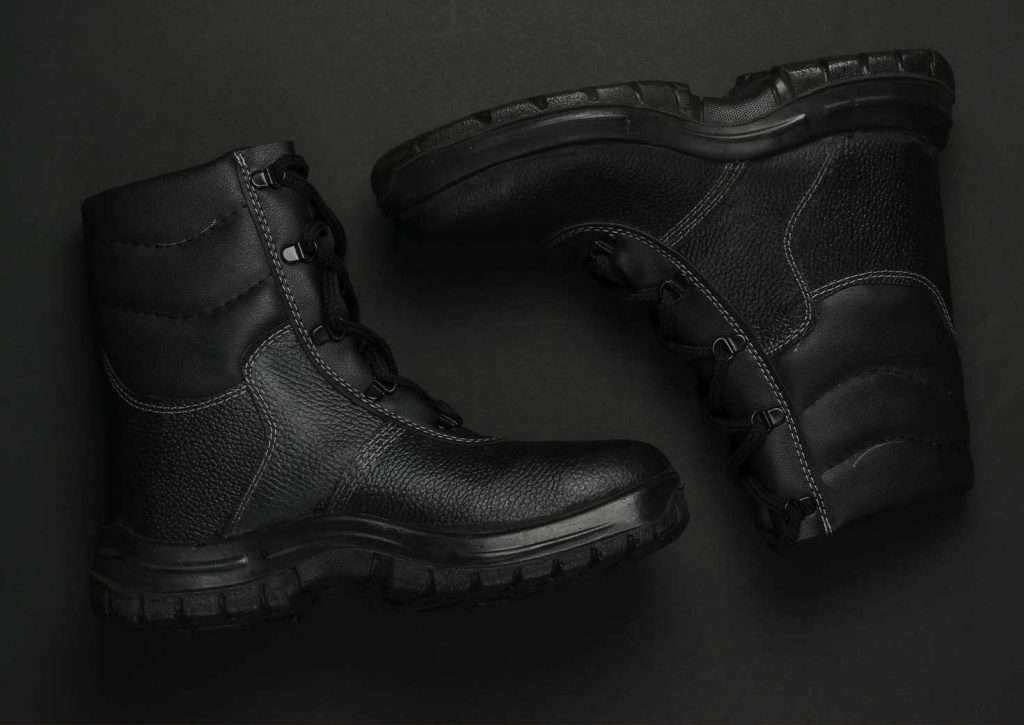How to Choose the Right Safety Shoes for Your Industry
Selecting the right safety shoes is crucial for protecting your feet and ensuring comfort during long work hours. With various options available, it’s essential to understand what suits your industry’s specific needs. Let’s dive into how you can make the best choice.
Understand Your Workplace Hazards
Different jobs come with different risks. Identifying the specific hazards in your workplace is the first step:
- Construction Sites: Risk of heavy objects falling on feet.
- Electrical Work: Exposure to electrical hazards.
- Wet or Slippery Floors: Potential for slips and falls.
By recognizing these dangers, you can select safety footwear that offers appropriate protection.
Key Features to Consider
When choosing safety shoes, keep an eye out for these features:
- Toe Protection: Decide between steel toe and composite toe shoes. Steel toes offer robust protection against heavy impacts, while composite toes are lighter and don’t conduct electricity, making them ideal for electricians.
- Sole Material: PU sole vs rubber sole safety shoes—PU soles are lightweight and provide good shock absorption, whereas rubber soles offer excellent slip resistance and durability.
- Slip Resistance: Essential for environments with wet or oily floors to prevent accidents.
- Electrical Resistance: For electricians, shoes with electrical insulation are a must to guard against shocks.
- Comfort and Fit: Comfortable work shoes for long hours reduce fatigue and increase productivity.
Industry-Specific Recommendations
Here’s a quick guide to help you choose based on your industry:
- Construction Workers: Opt for steel toe safety shoes with puncture-resistant soles to protect against sharp objects and heavy impacts.
- Electricians: Choose safety shoes for electricians with composite toes and electrical insulation to prevent shocks.
- Factory Workers: Slip-resistant safety shoes are vital to navigate slippery surfaces safely.
- Agricultural Workers: Waterproof PVC gumboots protect against mud and water, keeping feet dry and comfortable.
Material Matters: PU vs. PVC
Understanding the materials used in safety shoes can influence your choice:
- PU (Polyurethane) Safety Shoes: Known for their lightweight nature and flexibility, PU shoes offer excellent comfort and are suitable for environments requiring prolonged standing or walking.
- PVC (Polyvinyl Chloride) Safety Shoes: These are more resistant to chemicals and are ideal for wet conditions, making them suitable for industries like agriculture and chemical processing.
For a deeper dive into the benefits of PVC safety shoes, check out our blog on Top 5 Features to Look for in High-Quality PVC Safety Shoes.
Fit and Comfort: Non-Negotiables
No matter how protective a shoe is, if it doesn’t fit well, it won’t serve its purpose. Ensure your safety shoes:
- Have ample toe room.
- Provide adequate arch support.
- Are neither too tight nor too loose.
Remember, comfortable work shoes for long hours can significantly impact your productivity and well-being.
Maintenance Tips
To extend the lifespan of your safety shoes:
- Regular Cleaning: Remove dirt and grime to prevent material degradation.
- Proper Storage: Keep them in a dry, ventilated area away from direct sunlight.
- Routine Inspection: Check for signs of wear and tear, especially in the soles and toe caps.
Where to Find High Quality Safety Shoes
For a wide range of high-quality safety footwear tailored to various industries, explore Mittal Safety Works product range. We offer:
- PU Safety Shoes: Lightweight and durable options suitable for multiple work environments.
- PVC Gumboots: Ideal for wet conditions, providing excellent waterproof protection.
- PVC Safety Shoes: Combining durability with comfort for extended wear.
FAQs
Q: How do I know when to replace my safety shoes?
A: Replace them when you notice significant wear, such as sole degradation, compromised toe caps, or reduced comfort and support.
Q: Can I use the same safety shoes for different jobs?
A: It’s best to use safety shoes designed for the specific hazards of each job to ensure maximum protection.
Q: Are more expensive safety shoes always better?
A: Not necessarily. Focus on the features and certifications that match your industry’s requirements rather than just the price tag.
Q: How should safety shoes fit?
A: They should be snug but not tight, allowing room for toe movement without causing blisters or discomfort.
Q: Can I wear orthotics with safety shoes?
A: Yes, many safety shoes have removable insoles to accommodate custom orthotics for added comfort.
Choosing the right safety shoes involves understanding your workplace hazards, knowing the key features to look for, and selecting a pair that offers both protection and comfort. By investing time in this process, you ensure your feet remain safe, allowing you to focus on your work with confidence.



